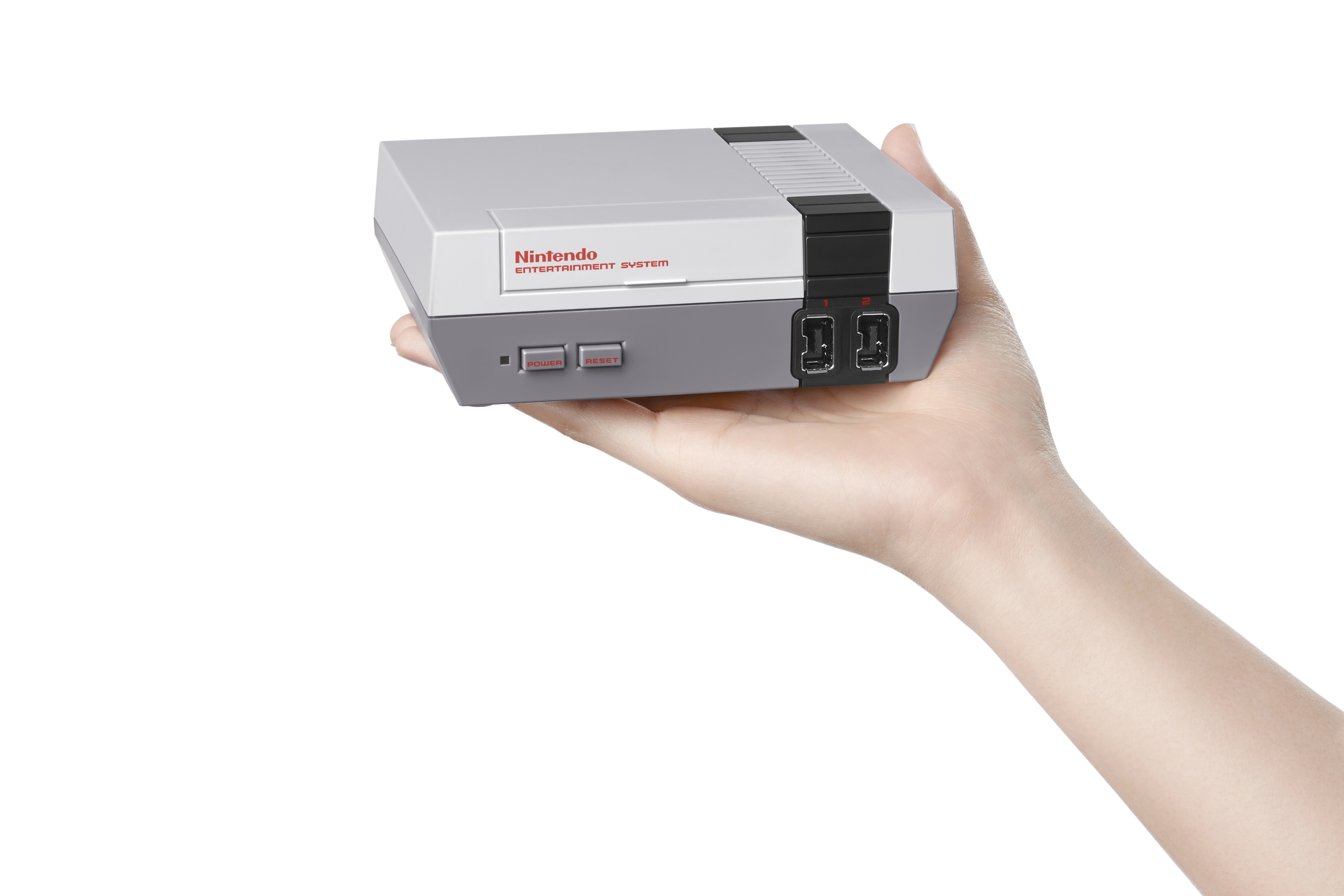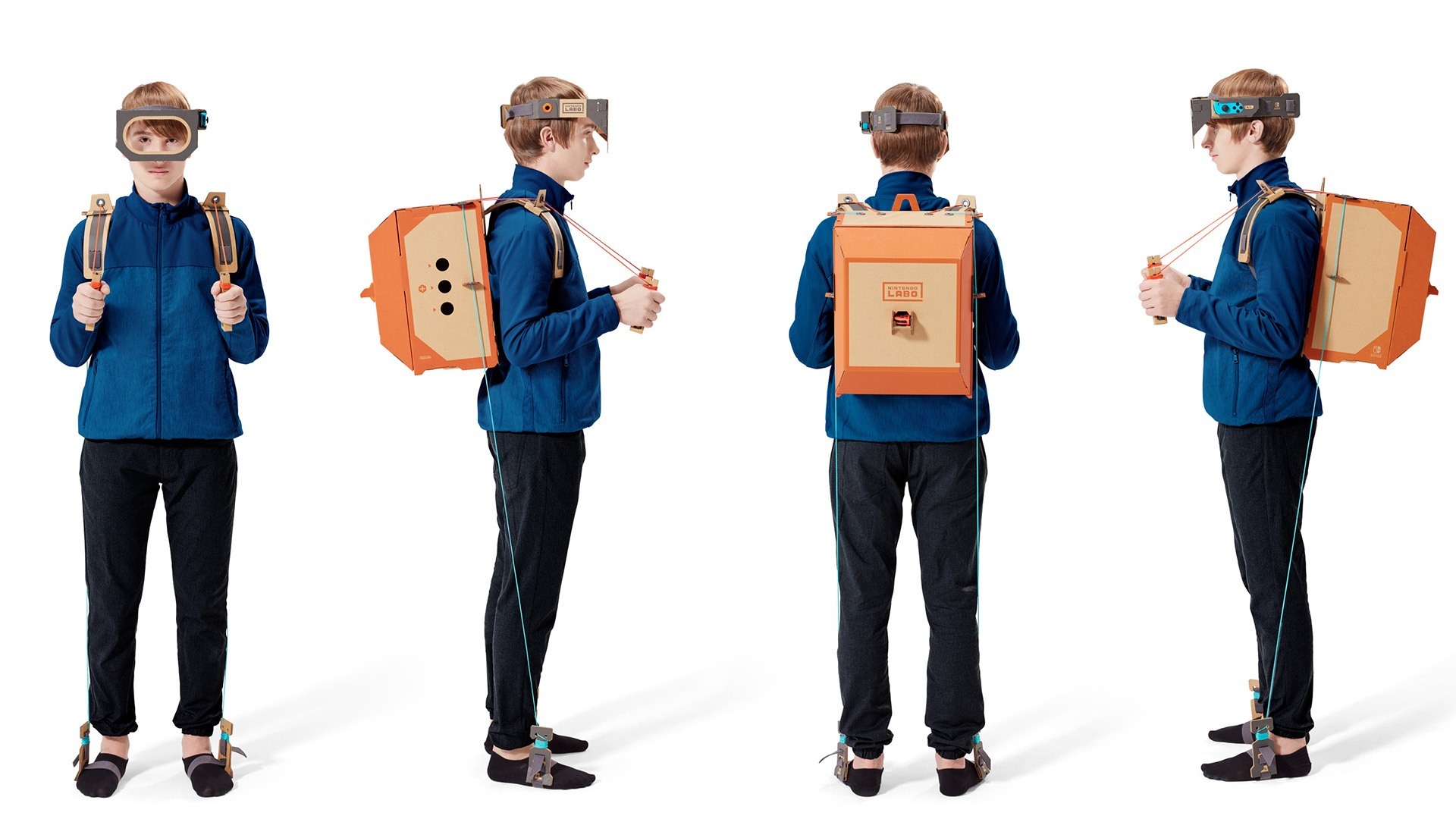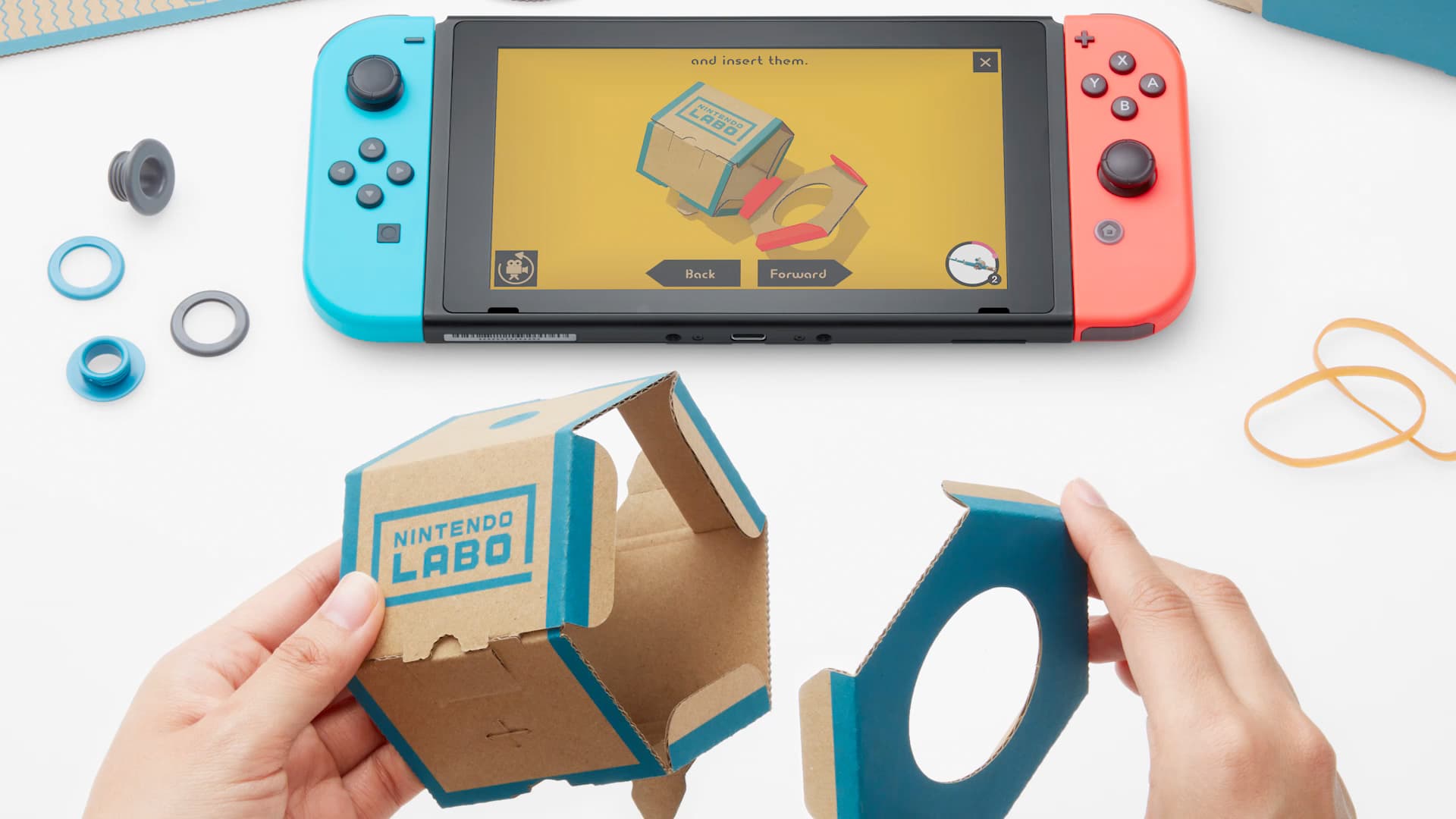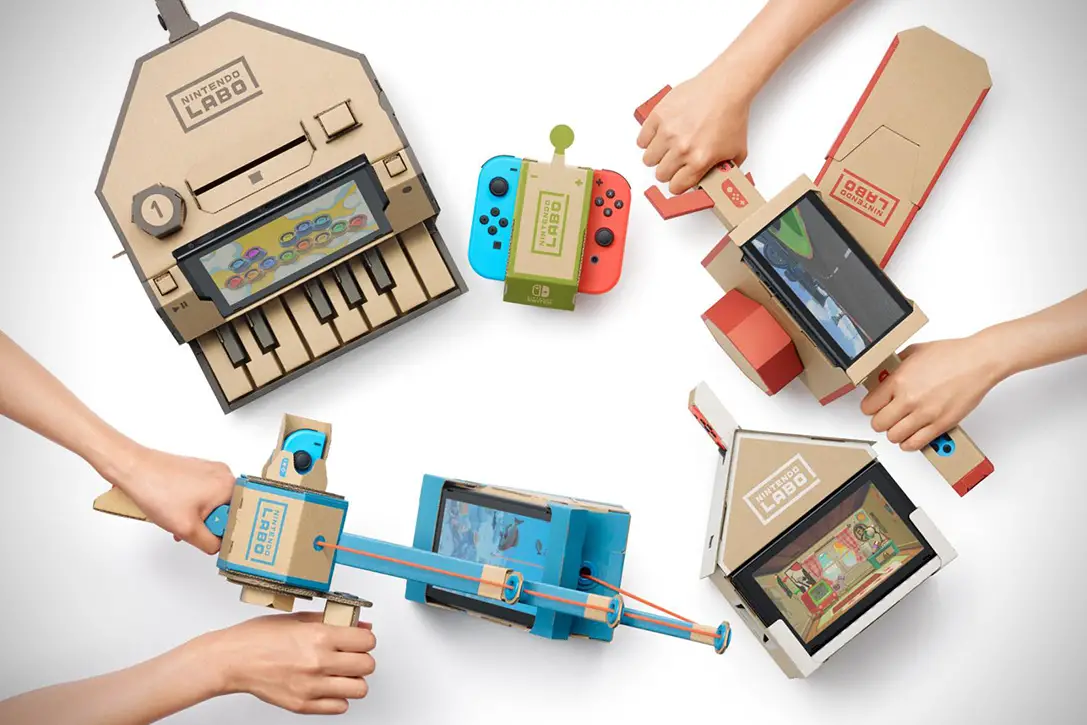With the recent release of the Nintendo Labo, critics are questioning how effective Nintendo’s creations actually are. That said, since the late 19th century, the products that Nintendo chooses to manufacture always seem to circumnavigate some of the more popular trends of their time.
One of the company’s first major success stories came in the form of Hanafuda playing cards. At the time, and still to this day, the Japanese government enforced strict gambling laws. In fact, Japan banned the 52-card European deck from the country for a long time.
Hanafuda, on the other hand, didn’t fall under the same category as their western counterparts. In 1889, Nintendo became the first company whose sole purpose was to manufacture the cards. Ultimately, the success that the company finds comes from their ability to adapt their products to the social climates of their respective times.
When games kept players docile, Nintendo released the Wii along with “Wii Sports” in 2007 to get everyone and their grandma off the couch for a few games of tennis.
When the American video game market crashed in the early 80s, Nintendo designed their NES in 1985 to look more like a VCR than a video game console. The company also sold the Robot Operating Buddy alongside the NES to give retailers the idea that the product was a high-end toy.

The release of their new console last year, the Nintendo Switch, couldn’t have gone better. “The Legend of Zelda: Breath of the Wild” and “Super Mario Odyssey” ranked high on many of 2017’s best-games-of-the-year lists.
Just a couple of weeks ago, however, the company did something with their new console that no one expected. Part papercraft, part video game and part programming workbench, Nintendo Labo was released on April 20. Short for “laboratory,” Labo seeks to scratch a creative itch, and its marketing is mostly geared toward children.
The new product comes in two separately sold kits. Variety Kit No.1 supplies software along with a few dozen sheets of cardboard. Each of the sheets holds parts of an individual papercraft creation. The user is meant to punch out the parts from the sheets and follow the instructions given by the provided software.
The Variety Kit sports a handful projects for the user to complete and experiment with. Some of the creations include a piano, a fishing-rod and an RC car. The cardboard toys interact with the Switch hardware in very interesting and unique ways.
The RC car, for example, uses the vibration feature of the Joy-Con controllers to move. The motion is possible due to the saw-tooth blade design of the “wheels” on the RC car.
The second of the Nintendo Labo kits is called the Robot Kit. Rather than a myriad of what Nintendo calls “Toy-Cons,” the product has the user create a cardboard backpack that encloses an intricate lever and pulley system. The system is controlled by four long pieces of string: two attached to the ankles and two held in the player’s fists.
In addition, the accompanying software with the Robot Kit provides a wild power fantasy. The simulation involves an enormous robot that has the capability to topple entire cities. When the player walks in place or swings their arms, the robot within the game does too.

The creations that come with each respective set are interesting, to say the least. However, it’s the Toy-Con Garage that has the most buzz at the moment. The garage acts as a simple programming workbench that allows Nintendo Labo experimenters to create their own software and Toy-Cons themselves.
You can find examples of the user-created inventions across the web. Some players are well on their way to making an entire Nintendo Labo band to go along with the provided piano while others have used the garage to create a program that can power their wheelchair.
The slow drip of new and intriguing experiments made through the garage can give players a feeling of surprise and ingenuity. There’s no doubt that a community will form around Nintendo Labo, and its member will continue to inspire one another through their strange and elaborate projects.
It’s a shame, then, that Labo’s sales aren’t what the company expected. However, there are certain aspects of their strategy that can leave one questioning the company’s business strategies when it comes to their brand new product. After all, while there’s nothing wrong with it, Nintendo Labo is a toy meant for children.
If there’s one thing I remember from my childhood, it’s that I only got something of great value if the holidays were around or if it happened to be my birthday. Perhaps Nintendo is banking on the idea that a lot of children have birthdays in spring, but something tells me that’s probably not the case.

The real reason why this product saw a release at the end of April is that Japan’s fiscal year begins in March. The company likely wanted to please their investors with large Nintendo Labo sales numbers to start off their first fiscal quarter.
While the company has seen many successes in experimenting outside of what’s expected of them, Nintendo has also experienced its share of failures.
Both the Virtual Boy, released in 1999, and their Wii U console, released earlier this decade, failed to meet their potential. Most consumers would argue they had no potential to begin with; however, people have trivialized such arguments over time.
While I don’t usually find myself attached to any particular brand, I can’t deny that I have a lot of faith in this Japanese toy company/video game developer. The designers behind their games have crafted worlds and experiences that I’ll always remember. Personally, I can’t wait for Nintendo’s next surprise — whatever it may be.

















